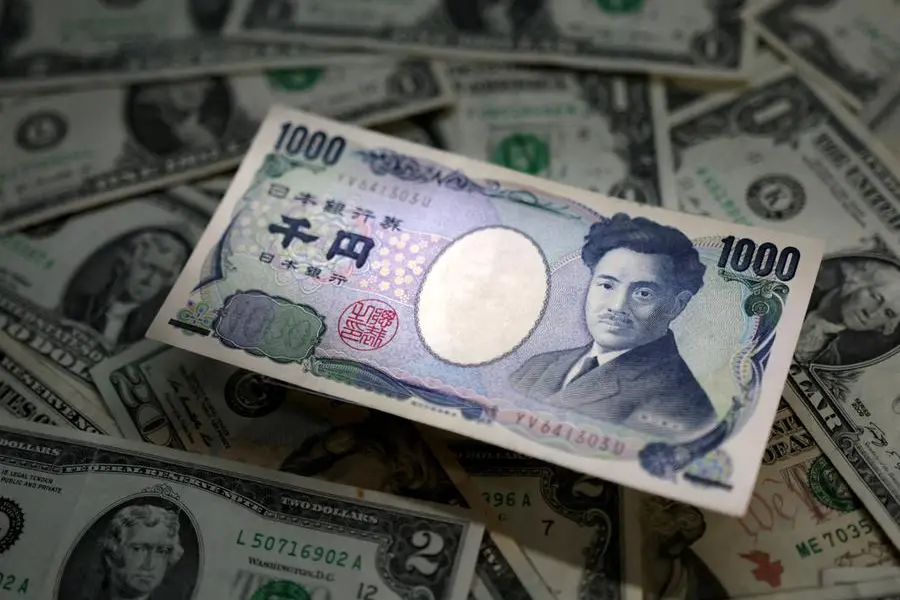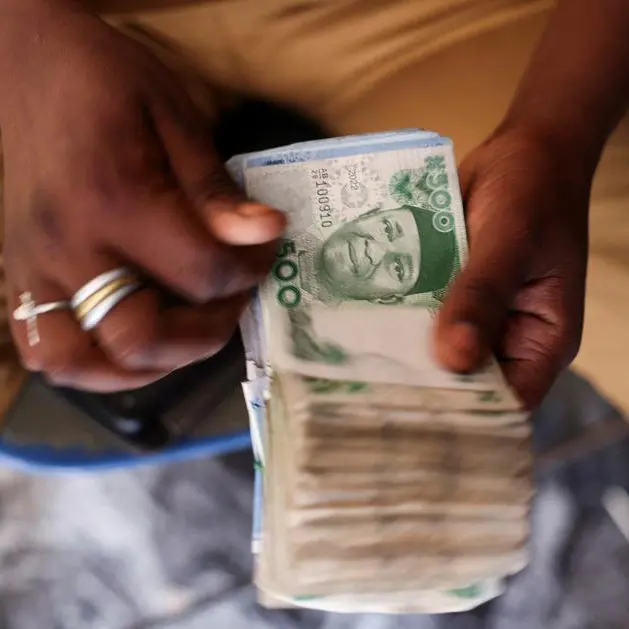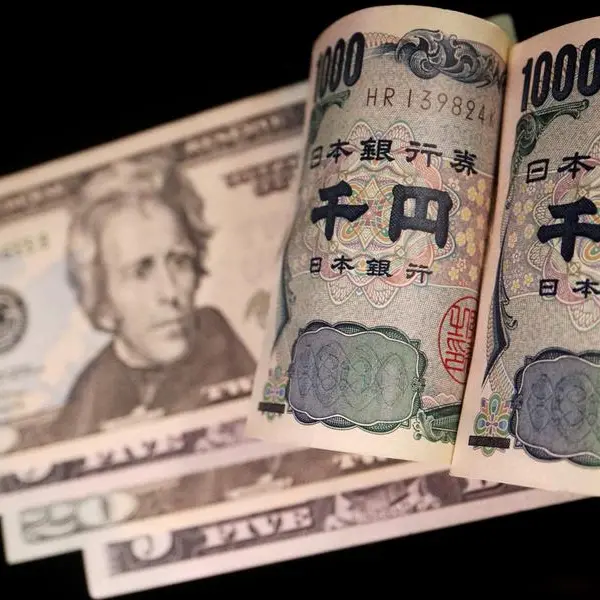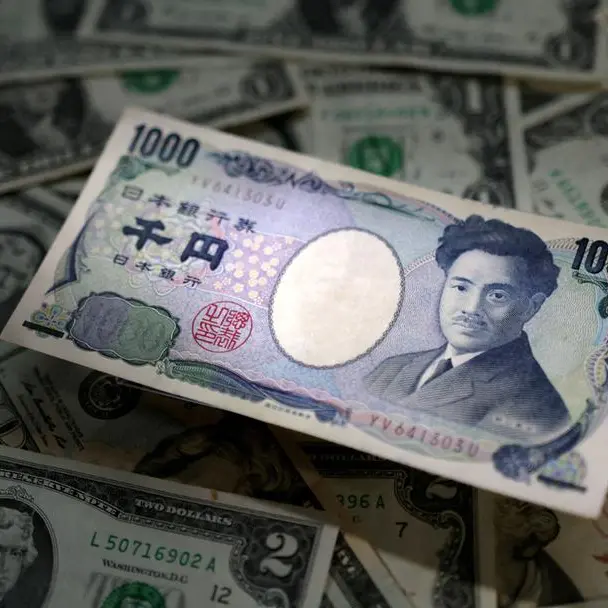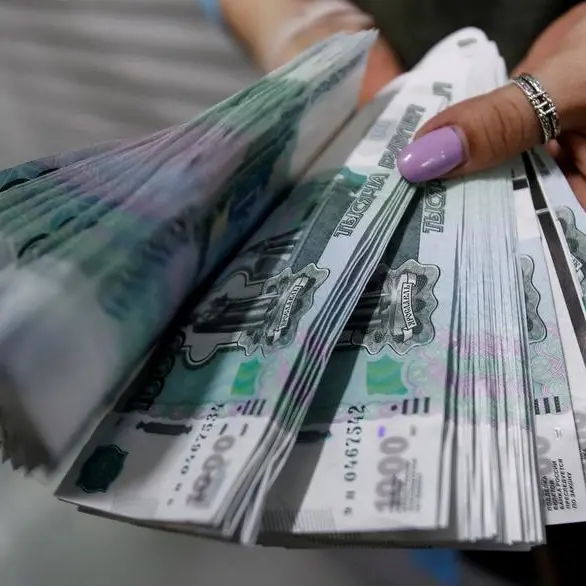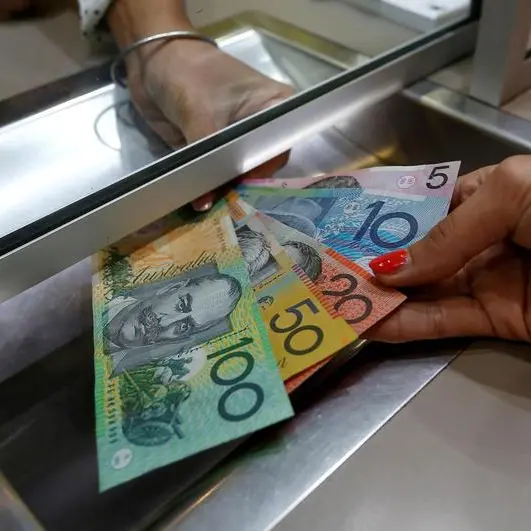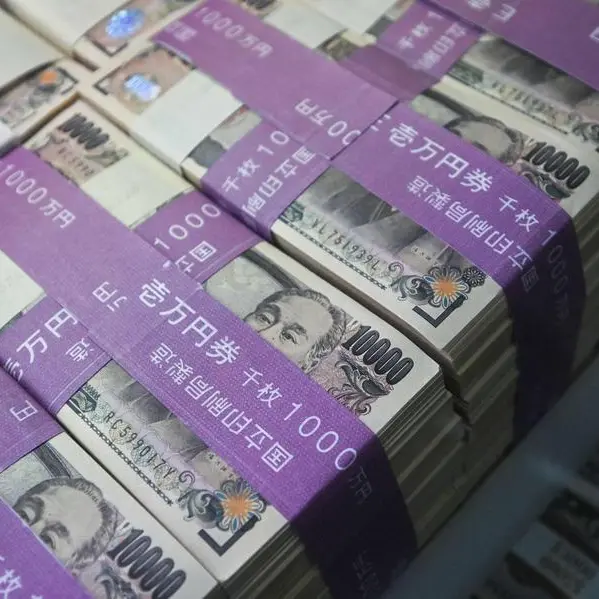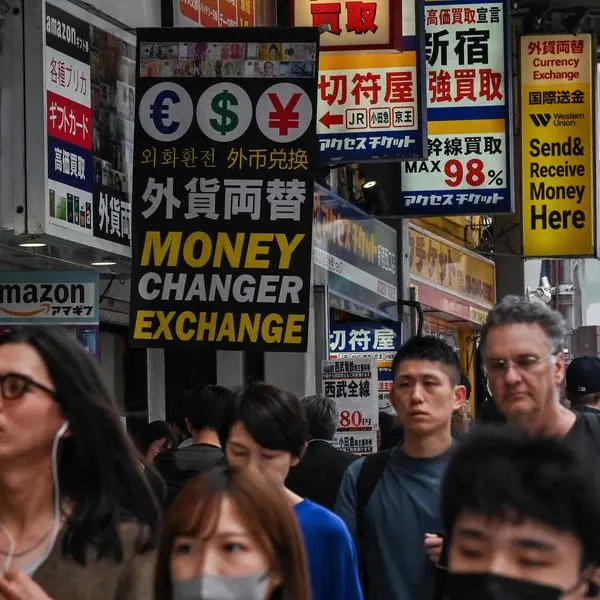PHOTO
The yen found some stability on Tuesday, just shy of its weakest level in 34 years, as verbal intervention by Japanese officials continued, while the dollar was on the back foot.
The euro was last up 0.18% at $1.0858 and the pound rose 0.17% to $1.2658, both in the middle of their recent ranges, and walking back some of their losses from last week.
The yen was at 151.39 yen per dollar, also a touch stronger on the day but after sliding more than 1% since the Bank of Japan's (BOJ) landmark rate hike last week.
Despite that rate increase, traders continue to focus on the remaining stark interest rate differentials between Japan and the rest of the world, particularly the United States. A break past 154.94 per dollar, hit in October 2022, would take the Japanese currency to its weakest since 1990.
In 2022, Japanese authorities intervened in currency markets to support the yen, and Finance Minister Shunichi Suzuki on Tuesday said he would not rule out any measures to cope with the yen's weakening, echoing a warning from Tokyo's top currency diplomat the previous day.
"Dollar/yen is stuck around this 151.50 level. People want to go long/dollar yen because of carry returns, but if it goes to 152 or 153 they may get punished by the currency authorities so they don't want to try," said Yusuke Miyairi, currency strategist at Nomura.
The carry trade sees investors borrow in low yielding currencies to invest in higher yielding ones.
Market observers note positioning in options markets could make it harder for the dollar to climb through roughly 152 yen, but could then exacerbate moves beyond that.
"152 is the key level and past that dollar/yen could rise at quite a fast pace, and that means intervention is a risk," said Miyairi.
Away from Asia, currency volatility was low, and traders have found few catalysts on which to trade in recent weeks.
This week's economic data calendar is fairly light ahead of the Federal Reserve's favoured inflation measure on Friday, which could provide clues on the U.S. interest rate outlook.
The U.S. core personal consumption expenditures (PCE) index is seen rising 0.3% in February, which would keep the annual pace at 2.8%.
The Swiss franc, one of the few European currencies which lack a clear direction since the Swiss National bank surprised markets by cutting interest rates last week, kept trending lower.
The dollar was up 0.28% at 0.9022 francs, a four month high, while the euro was up 0.5% at 0.9797 francs, its highest since July 2023.
China's yuan, which has also been on traders' radars especially since its sudden plunge on Friday, was last a little weaker at 7.219 per dollar in the onshore market, despite a firmer-than-expected central bank fixing.
The offshore yuan was a touch stronger at 7.245 per dollar.
That helped China-exposed currencies to firm, with the New Zealand dollar rebounding from a four-month low to $0.6021 and the Aussie up 0.2% at $0.6553.
(Reporting by Rae Wee in Singapore and Alun John in London; Editing by Sam Holmes, Alexander Smith and Tomasz Janowski
